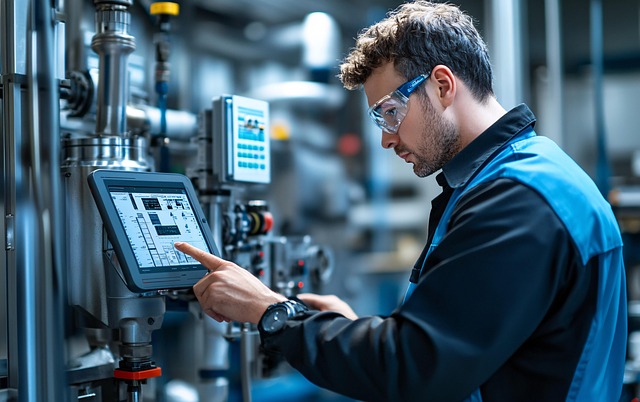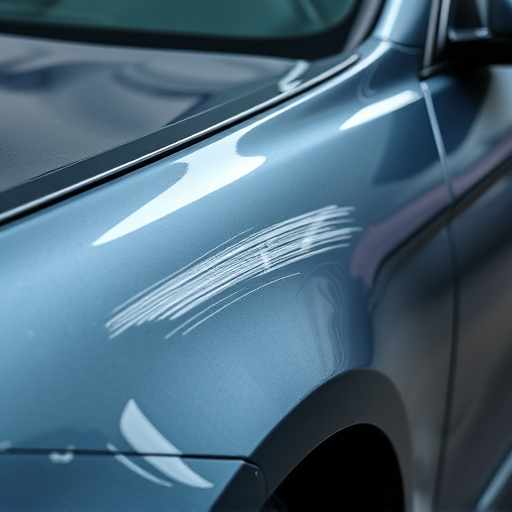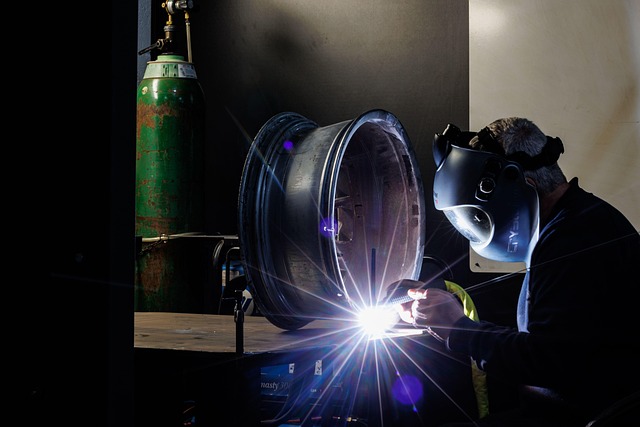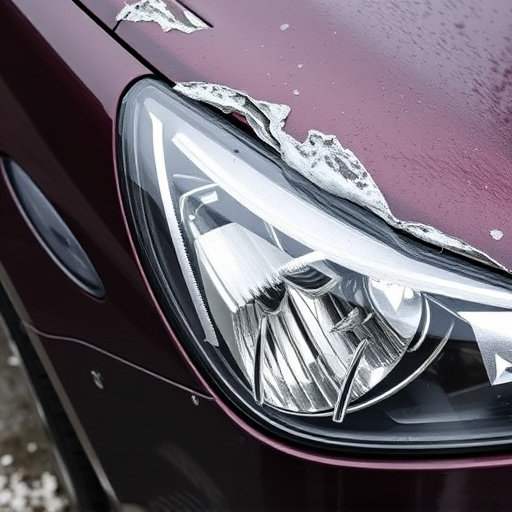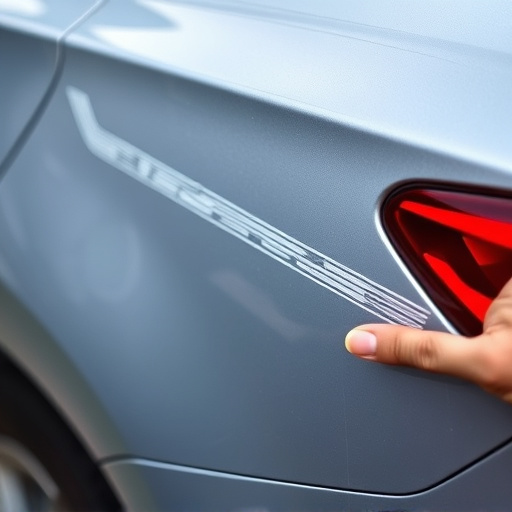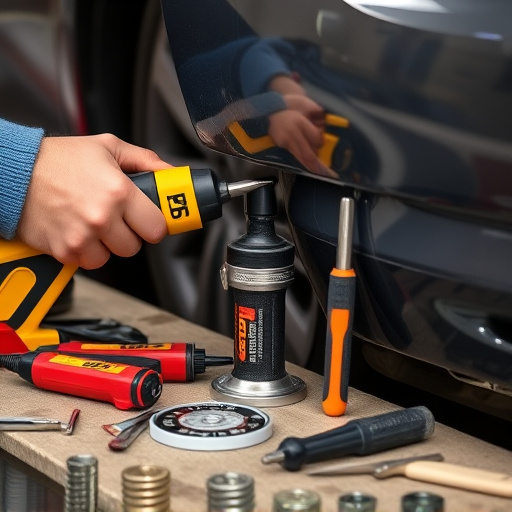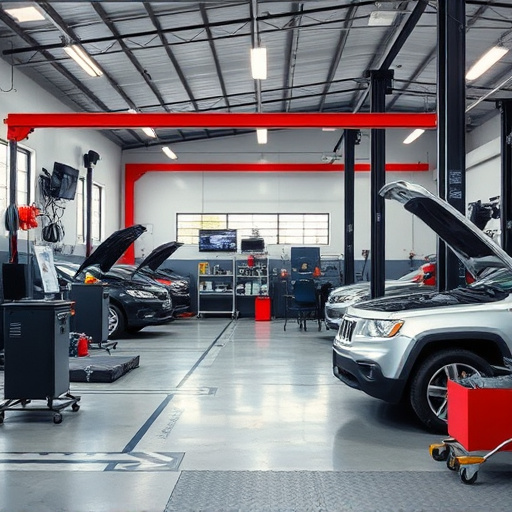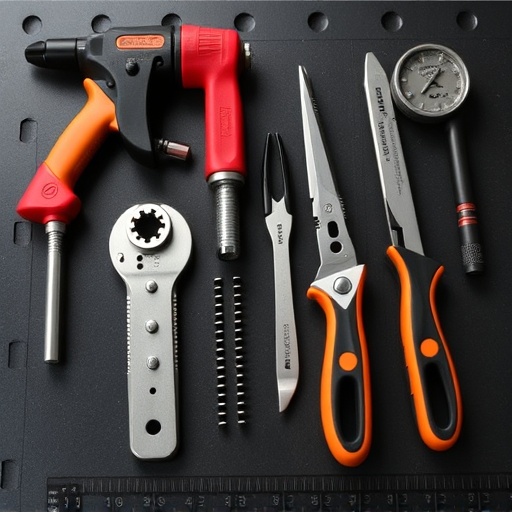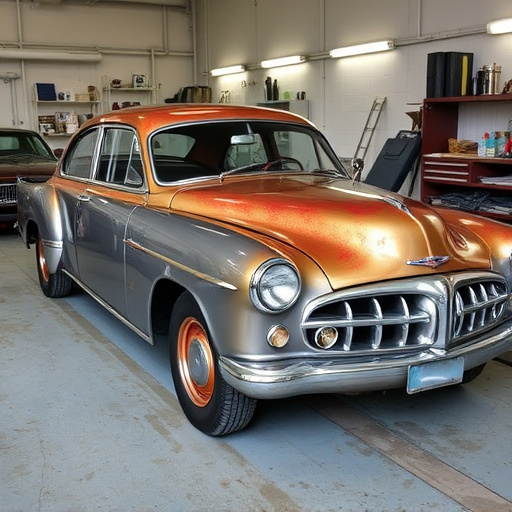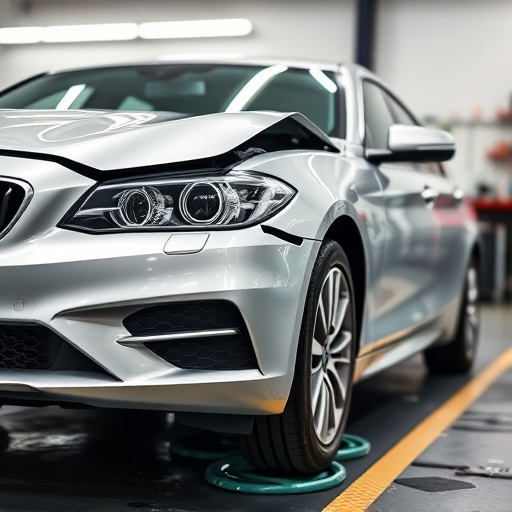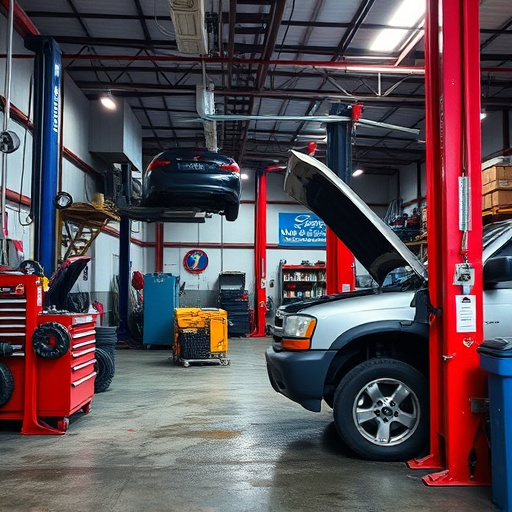Silicon bronze welding is a specialized technique for automotive repairs, utilizing its corrosion-resistant copper-based composition to achieve strong, consistent welds on thin panels. Meticulous preparation, including cleaning, alignment, and surface roughening, ensures high-quality welds that prevent future issues. Skilled technicians control heat and use precise techniques to maintain structural integrity, especially with modern vehicles' intricate panel configurations.
In the realm of automotive manufacturing, precision welding of thin panels is paramount for lightweight, efficient vehicles. This article explores the art of welding thin automotive panels using silicon bronze wire, a game-changer in modern assembly lines. We delve into the unique properties of silicon bronze wire, strategies for preparing delicate panels, and techniques to ensure robust welds. Understanding this specialized process empowers professionals to master the intricate dance of fusing metal with precision and quality.
- Understanding Silicon Bronze Wire for Automotive Welding
- Preparing Thin Panels for Efficient Fusion
- Techniques and Considerations for Quality Welds
Understanding Silicon Bronze Wire for Automotive Welding

Silicon bronze wire is a specialized material designed for precision welding, particularly in the automotive industry. Its unique composition, combining copper with silicon and other elements, imparts exceptional properties that make it ideal for joining thin automotive panels. This type of wire offers excellent resistance to corrosion, ensuring long-lasting bonds, which is crucial in maintaining the structural integrity of vehicles over time.
In car restoration and autobody repairs, silicon bronze welding provides a robust and reliable solution. The wire’s ability to create strong, consistent welds makes it valuable for intricate automotive repair work. Its flexibility and ease of use allow technicians to precisely maneuver around complex contours, ensuring meticulous results in every joint. This specialized technique plays a significant role in modern automotive repair, enhancing the durability and aesthetics of vehicles undergoing restoration or routine maintenance.
Preparing Thin Panels for Efficient Fusion

Preparation is key when it comes to welding thin automotive panels with silicon bronze wire. Before initiating the silicon bronze welding process, ensure that the panels are thoroughly cleaned and free from any contaminants like grease, dirt, or dust. This step is vital as even the smallest debris can hinder fusion, resulting in weak joints. A proper cleaning process involves using specialized solvents and compressed air to eliminate all surface impurities.
Additionally, precise panel alignment and surface conditioning techniques contribute to efficient fusion. Aligning the panels accurately ensures consistent spacing between them, allowing for optimal heat distribution during welding. Conditioning the surfaces by slightly roughening them can enhance adhesion, creating a stronger bond. These preparatory measures significantly improve the quality of the final welds, making them more durable and less prone to issues like car dent removal or the need for frequent fleet repair services. It also ensures that the welds match the aesthetic standards of high-quality car bodywork services.
Techniques and Considerations for Quality Welds

Achieving quality welds when working with thin automotive panels requires a meticulous approach and an understanding of specific techniques tailored for this delicate process. One effective method is using silicon bronze wire, known for its excellent bonding properties, which ensures robust connections even in challenging conditions. This technique is particularly valuable in collision damage repair and vehicle body shop settings where precision and strength are paramount.
Mastering the art of silicon bronze welding involves careful consideration of various factors. The skill lies in controlling the heat input to prevent excessive melting or burning of the thin panels, ensuring a clean and precise weld without distorting the material. Proper wire feeding speed, voltage adjustment, and technique—such as using a vertical or horizontal welding position—all contribute to consistent quality. Moreover, maintaining a stable arc length and regular cleaning of the wire and electrodes are crucial for achieving strong, long-lasting bonds, ensuring the structural integrity of repairs in automotive body shops, especially when dealing with intricate panel configurations commonly found in modern vehicles.
Welding thin automotive panels with silicon bronze wire offers a unique and efficient solution for vehicle manufacturing. By understanding the properties of silicon bronze wire, preparing substrates appropriately, and mastering specific welding techniques, high-quality fusion can be achieved. This method streamlines production, enhances structural integrity, and contributes to the overall sustainability of modern automobiles. Silicon bronze welding, with its versatility and superior strength, continues to be a game-changer in the automotive industry.
